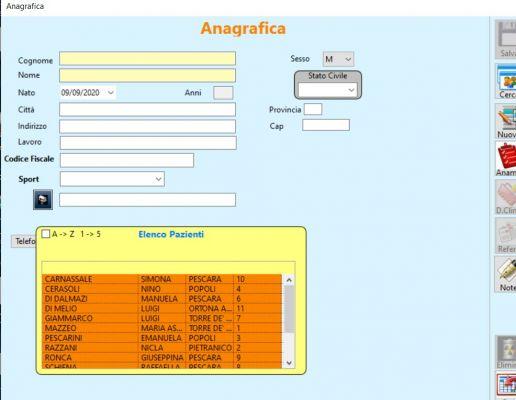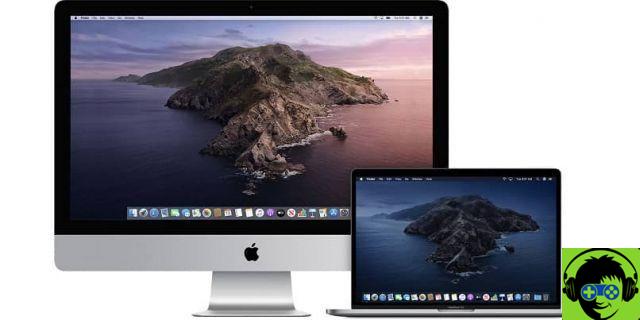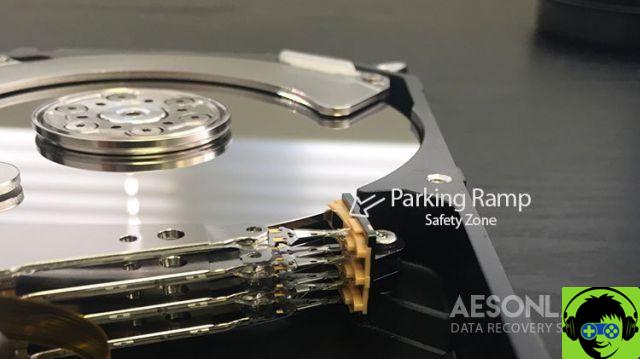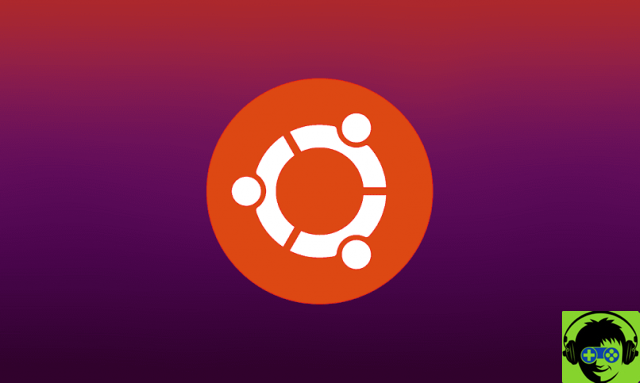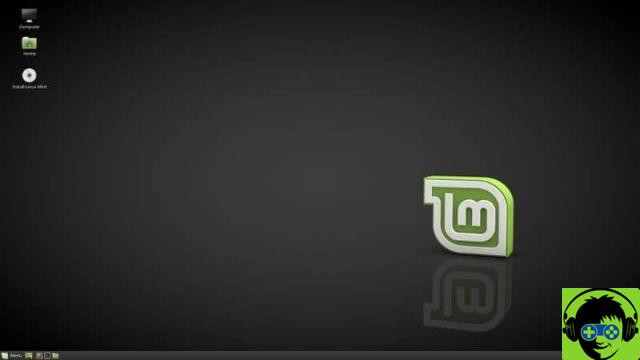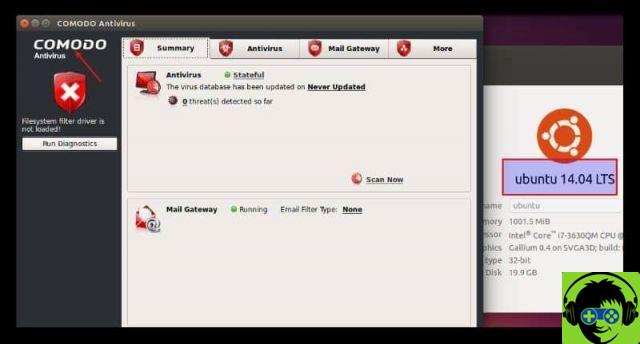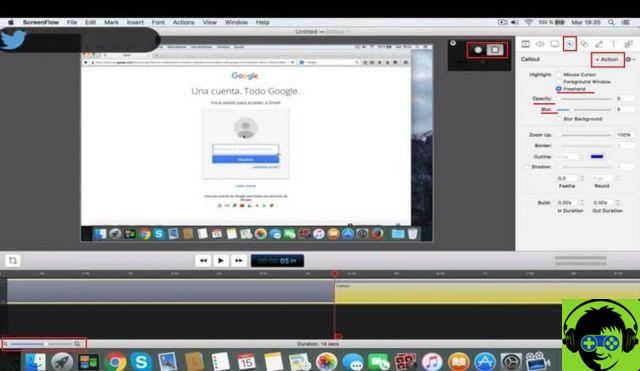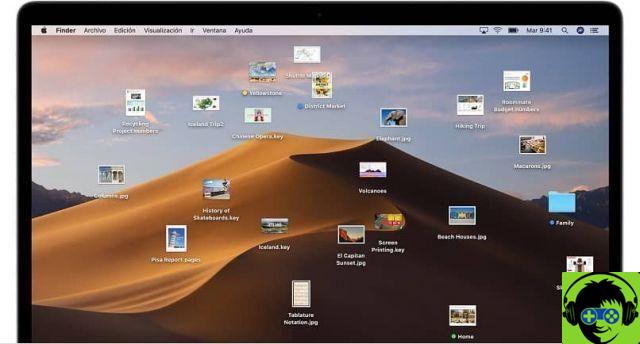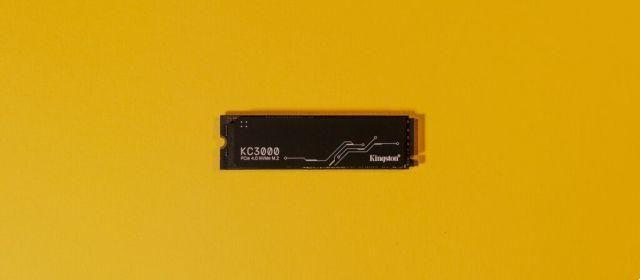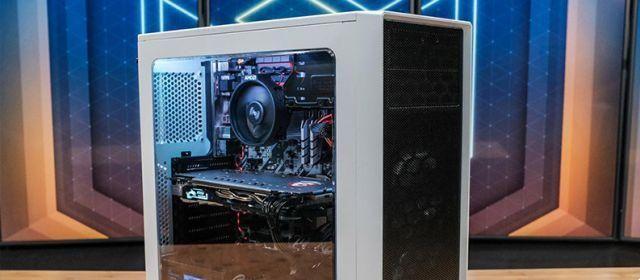Being able to gather information by monitoring system resources with Status Pilate allows us to get useful data from the computer. It is a tool that is mostly found on Linux computers.
The user interface is really simple, but it is structured in a series of important values in the graphical environment in statistics. They allow the mobilization of various options such as Conky or other information applications compatible with StatusPilatus.
In addition to Status Pilatus, Ubuntu has a large variety of tools and applications that will make your experience with this operating system easier.
What is StatusPilatus?
To begin monitoring system resources with Status Pilatus it is important to know the purpose of the tool. This is an application with a cross-platform structure for Windows, Linux and MacOS computers.
It is built on the basis of various programs such as Electron, jQuery e System Information Library (Node.js) to offer detailed information on the platform. Its main focus is on extracting some operational data such as current conditions of RAM, CPU, GPU, network stats and hard drive usage. Information about the battery or its current status will also appear in the index.
You can also find the Systemctl program that allows you to manage system services, this program takes care of starting all the services and items that need to be loaded once the system is started.
These are the main features of the StatusPilatus
As with any program, StatusPilatus has some operational features, below, you will be given these criteria that you should consider:
- Detailed information on commands and conditions of CPU, GPU, RAM and hard disk. This comes in a report complete with characteristics, indicators, temperature, use and related supports.
- Offers the statistics and a small writing that highlights the activity of using the elements of the platform. Especially from the host and a list of daily applications.
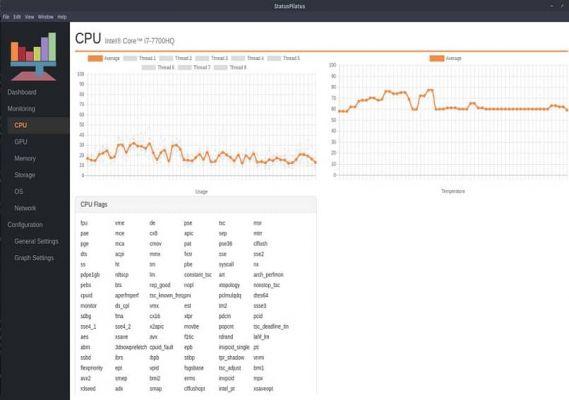
- Performance and interface conditions in computer networks, for the evaluation of its internal capacity together with multifunctional supports.
- To take care of your computer it is important to check which processes are active and how to eliminate them.
Guide to monitoring system resources with Status Pilatus
As seen with other platforms, users have the ability to view their operating system's performance using encrypted tools. All these measurements are transmitted in real time.
In the case of the Ubuntu system, StatusPilatus is an excellent tool built into the options panel. In many versions it is an item that is provided by default, while for others it must be downloaded.
When in the menu, it will display three tabs, the first for processes, the second for running, and a third for CPU percentages. The most important is that of resources, as this is where performance levels will be.
If you want to monitor system resources with Status Pilatus this is the ideal card, as it is connected to CPU, RAM and file system. The hard drive is in another tab, but will show its availability in storage.
The remaining two cards are characterized by having power statistics, an analysis on the recovery of the processor and hard disk. Advanced works of art are also available.
How to install StatusPilatus on Linux?
Of course, if you want to know how to monitor le resources of system with Status Pilatus, it is ideal to follow the following steps that we will provide below:
- Download the application to your computer, so that it can be installed in the operating system. Run it with a few simple steps, stipulated in the application itself.
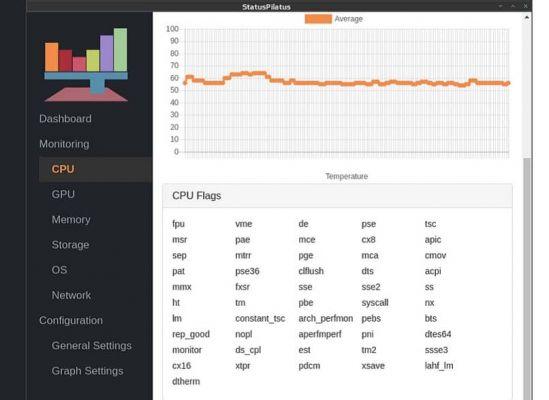
- Once the download is complete, click on the application icon and enter the following command: sudo apt install StatusPilatus.deb. In case of operational problems, it is important to use the following command: sudo apt -f install.
- Then, it will run other operating procedures and packages where the command will need to be activated: Wget.https: //github.com/PilatusDevs/StatusPilatus/releases/download/0.5.0/StatusPilatus-0.5.0.x86_64. rpm – O StatusPilatus.rpm.
- Finally, install the command: sudo rpm -i StatusPilatus.rpm o con sudo dnf install StatusPilatus.rpm. In case of problems, consult the specialists.
If you don't have the program, you always have the option to download it from the terminal.




